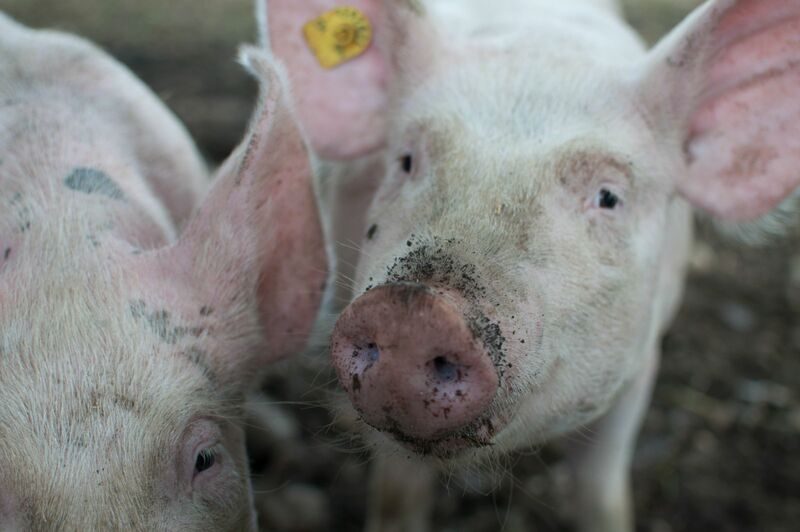
The commodity asset class’s animal protein sector was the leader of the pack in Q2, posting an 18.54% gain. Lean hog futures led the way on the upside, followed by feeder cattle futures, which both posted over 20% quarterly gains. Live cattle futures rose over 5%. Animal proteins not only led in Q2 but posted the most significant percentage gain over the first half of 2023 as they rose 18.68%.
The meats begin Q3 in the heart of the 2023 grilling season, where prices often peak. In Q2, the cattle futures rose to record highs.
An all-time high in Live cattle futures
Nearby CME live cattle futures rose 5.24% in Q2 2023 and was 12.21% higher over the first six months of this year. The nearby fat cattle futures settled at $1.77175 per pound on June 30, 2023.

The long-term live cattle chart dating back to 1970 highlights the rally that began at the April 2020 pandemic-inspired low and took prices to a new record peak at $1.82875 in June 2023.
At over $1.77 per pound at the end of Q2, live cattle futures were above the previous November 2014 $1.7165 record peak.
Feeders also rise to record highs
Nearby CME feeder cattle futures soared 23.28% in Q2 2023 and was 34.77% higher over the first six months of this year. The nearby feeder cattle futures settled at $2.47575 per pound on June 30, 2023.

The long-term feeder cattle chart dating back to 1971 illustrates the steady rally that began in April 2020. Feeder cattle prices reached $2.48075 in June 2023, surpassing the prior October 2014 record $2.4520 peak.
Lean hogs turn in a bullish performance and lead the meats higher
While cattle futures reached record highs in June 2023, the nearby lean hog futures came nowhere near their all-time high. However, the lean hogs outperformed cattle futures on a percentage basis, posting a 27.11% gain for the three months ending on June 30, 2023. Lean hogs turned a loss into a gain over the first half of this year and were 9.06% higher than the December 30, 2022, closing price at the end of Q3. Nearby lean hog futures settled at 96.65 cents per pound on June 30.

The twenty-year chart shows the bullish bias in nearby lean hog futures since the April 2020 low. Lean hog prices remained below the $1 level, significantly lower than the 2022 and 2021 highs at over $1.20 per pound. In July 2014, the lean hogs rose to the highest level on record at $1.3380 per pound.
Rising input prices- Feeders rallied as corn dropped
Animal proteins were the best-performing commodity sector in Q2 2023, which is no surprise as the second quarter marks the beginning of the annual grilling season when demand for meat and prices peak.
However, other factors supported the moves to record highs in cattle and over 27% rise in lean hogs. Inflationary pressures have increased production costs over the past years. Aside from higher feed prices, energy, labor, transportation, and almost all other costs of producing beef and pork have increased over the past years.
Meanwhile, the inverse relationship between corn and feeder cattle prices supported the feeders in Q2. Nearby CBOT corn futures prices dropped 16.05% in the second quarter.
In commodities, the cure for low prices is low prices as producers cut back on output instead of producing at a loss. Meanwhile, low prices often cause consumers to increase purchases, eventually pushing prices higher. The animal protein sector moved from multi-year lows in early 2020 to record highs in cattle and significantly higher prices in hog futures at the end of Q2 2023.
The prospects for Q3 and beyond
While the meat futures will experience seasonal demand pressures in July, prices could begin declining in August as the grilling season ends on the Labor Day holiday weekend in early September. However, high production costs could continue to underpin prices over the coming months.
Expect elevated prices over the coming weeks, with the potential for an off-season correction as the market anticipates the season where grills go back into storage in the fall.
More Livestock News from Barchart
- Hogs Added Nearby Premium into Prop 12 Implementation
- Feeders Set New All Time Highs
- Hogs Closed Mixed ahead of Prop 12 Implementation
- New All Time Highs for Feeders







